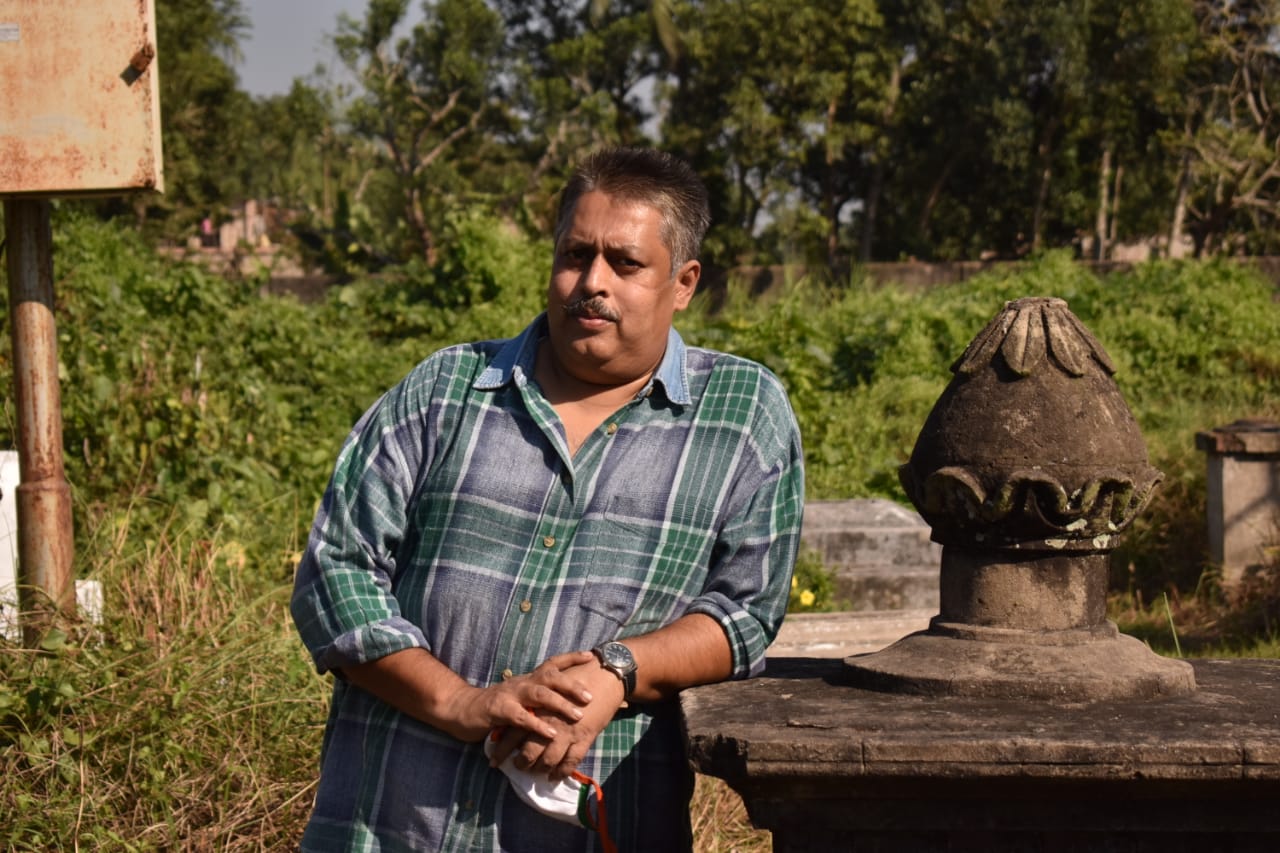Designs for Chandrayaan 4&5 are ready; ISRO plans 50-70 satellites in the next five years: S Somanath
"We have a series of missions to go to the moon. Chandrayaan-3 is over. Now, design for Chandrayaan-4 and 5 has been completed and we are seeking approval of the government," Somanath said
